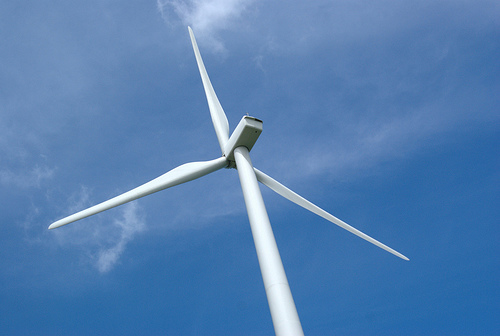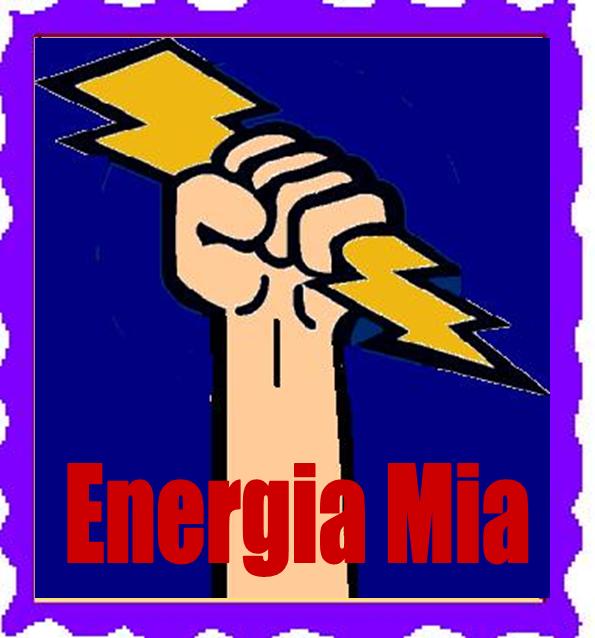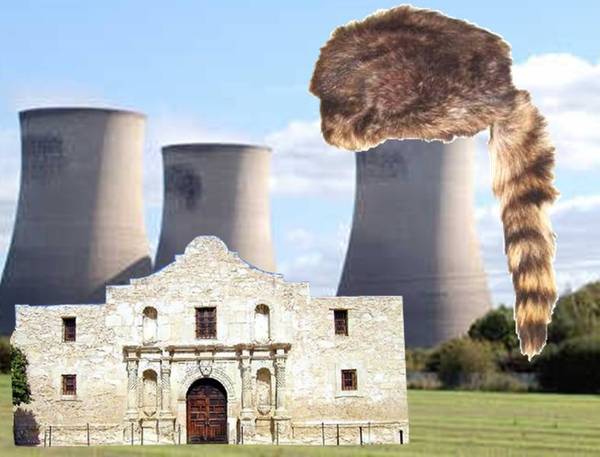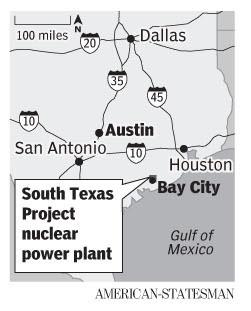Texas coal-burning power plants – especially those fueled by lignite – could face closures under proposed national standards for coal emissions of mercury and other toxins unveiled by the Environmental Protection Agency.
The standards, which are far tougher than the electric power industry had anticipated, could lead to the shuttering of several coal units in Texas which are currently out of compliance with the new rules. Can you say “GRANDFATHERED?”
A key issue centers on the “Mercury and Air Toxics Rule,” which the EPA estimates would reduce mercury from power plants by 91 percent, several existing Texas power plants emit so much mercury that a retrofit would not be economically feasible.
Tom “Smitty” Smith, director of Public Citizen Texas, estimated that at least 11 coal units in Texas would likely close if the ruling stands. Retrofitting lignite plants, in particular, could cost between $800 million to $1.2 billion each.
Specifically we believe that Big Brown, Monticello and Martin Lake plants owned by Luminant in East Texas would be on the target list, along with units at American Electric Power, Texas-New Mexico Power and the San Miguel plant outside San Antonio.
NRG Energy Inc., a Houston-based power company, said it’s engaged in a company-wide program to reduce their environmental impact across their existing fleet, coupled with investments in clean and renewable technologies including solar, wind, and the electric vehicle infrastructure.
In this instance they did not mention their nuclear program or their current license application to expand the South Texas Plant from two units to four units. But what PR person would given what is happening in Japan?



 CPS has a meeting today at Firefighters Union Hall (8925-IH10 WEST) from 6:00-8:00 pm. Anyone from District 8 is encouraged to attend and speak for the cause. Each person gets three minutes of talk time and the Local Power/Energia Mia Coalition needs to have its concerns about the South Texas Projects Proposed expansion voiced by as many people as possible. This is especially true of our concerns about the proposed reactors’ heavy water consumption during times of drought (like this one), the proposal’s high cost and the high likelihood of costs over-runs, and the huge financial burden this means for San Antonio ratepayers.
CPS has a meeting today at Firefighters Union Hall (8925-IH10 WEST) from 6:00-8:00 pm. Anyone from District 8 is encouraged to attend and speak for the cause. Each person gets three minutes of talk time and the Local Power/Energia Mia Coalition needs to have its concerns about the South Texas Projects Proposed expansion voiced by as many people as possible. This is especially true of our concerns about the proposed reactors’ heavy water consumption during times of drought (like this one), the proposal’s high cost and the high likelihood of costs over-runs, and the huge financial burden this means for San Antonio ratepayers.
 Residents Who May Be Affected by Plant’s Pollutants Should Tell the Judge
Residents Who May Be Affected by Plant’s Pollutants Should Tell the Judge Austin should continue to steer clear of more nuclear power. Morally, it is simply wrong to leave radioactive waste to thousands of generations to come. We should instead invest in safe energy efficiency and solar and wind power, which don’t come with radioactive terrorism risks.
Austin should continue to steer clear of more nuclear power. Morally, it is simply wrong to leave radioactive waste to thousands of generations to come. We should instead invest in safe energy efficiency and solar and wind power, which don’t come with radioactive terrorism risks.

